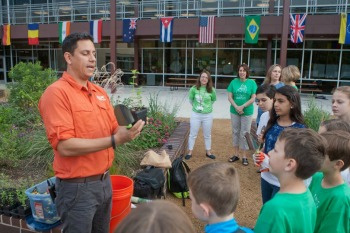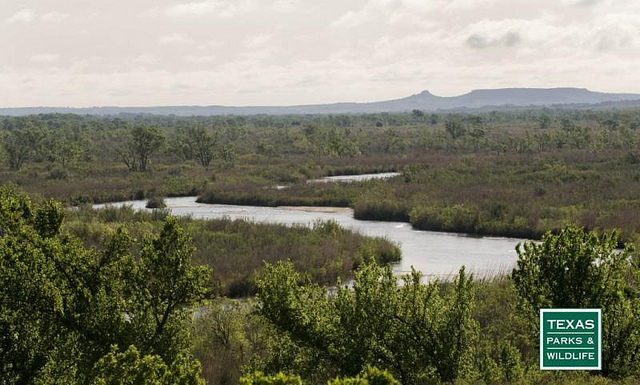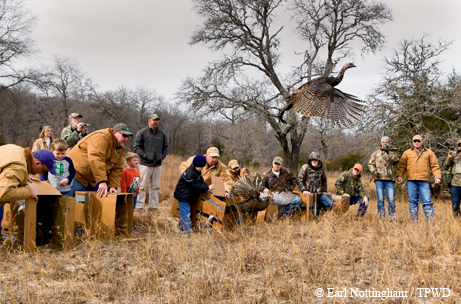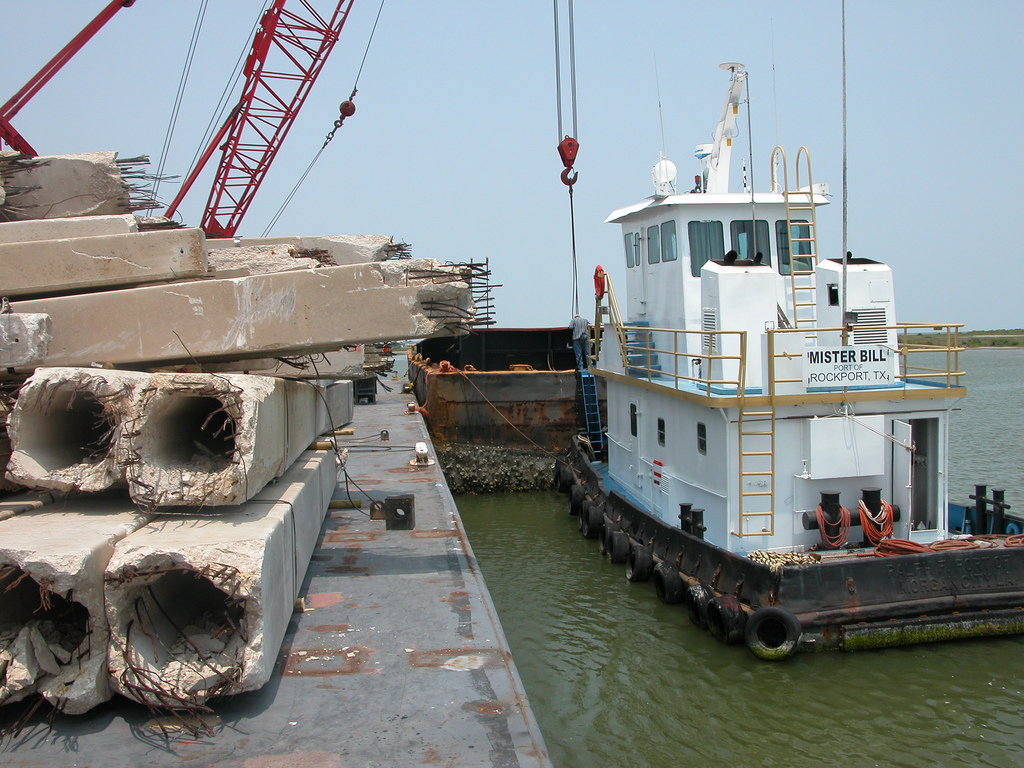TPW TV – Pocket Prairies
Friday, December 16th, 2016This is Passport to Texas
Less than 1% of the original 20 million acres of Texas’ tallgrass prairie remains. But restoration efforts are ongoing, and even small pockets of prairie have value.
Our vision for this prairie is that eventually we get back to what it was 250 years ago which would have been six to nine foot tall grasses mixed with forbes and other wildflowers.
Carolyn Klein teaches science at Westside High, in Houston, along with her colleague Lawrence Spence. The land that sustains this pocket prairie was originally destined to be a school parking lot.
Having a prairie here on campus enables us to bring students out during the school day. We don’t have to rent a bus. We just walk them outside and we have access to wild spaces.
In a segment airing this month on the Texas Parks and Wildlife TV Series, you’ll meet Westside educators, students and the prairie. Counselor, Jaime Gonzales is also on the show.
I’m trying to fix a broken relationship between people and nature. I think we’re working in a hybrid world. Technology’s cool, but Nature—which is very ancient and a part of us—I think needs to be a part of our lives, too, because it keeps us grounded and healthy.
These plant communities sustain pollinators and other wildlife. The pocket prairie segment airs on the Texas Parks and Wildlife TV series on PBS the week of December 18. Check your local listings.
The Wildlife Restoration program supports our show.
For Texas Parks and Wildlife…I’m Cecilia Nasti.







 Passport to Texas is a
Passport to Texas is a  Passport to Texas is made available by:
Passport to Texas is made available by: